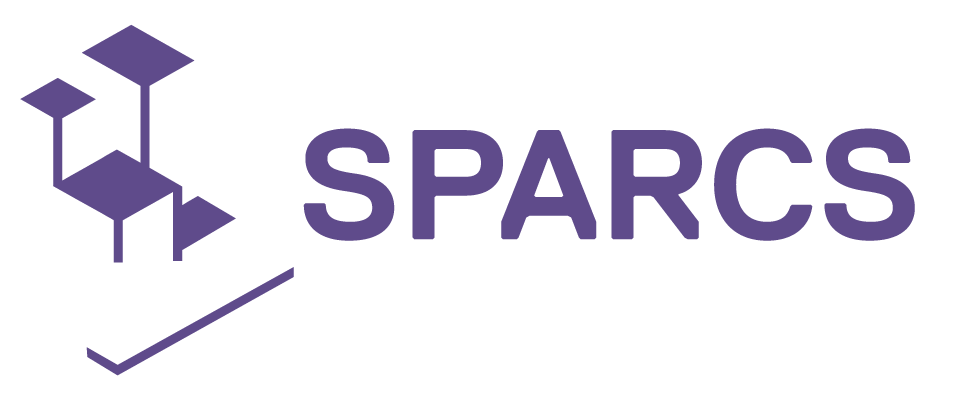

Objective: Grünberger and Omann (n.d, p. 9) describe the laddering method as follows: "This method has its roots in market research with the aim to identify consumer relationships to products not only in order to understand the cognitive positioning strategies of current products but also in order to permit the development of positioning strategies for new products.
Related to sustainable development this method is applied in order to reveal underlying belief systems, dogmas and constructs. Laddering aims at gaining specific individual statements (inner beliefs and affirmations), as they often form the basis for certain behavioural patterns and lifestyles and the identification of certain needs.
This method is suitable to identify underlying needs and belief systems which cause certain behaviour patterns.
Laddering can be done in form of an interview between the facilitator and the participant(s) of a workshop or between participants. The aim is to understand the needs, belief systems, habits or dogmas behind a certain perception or behaviour. The interviewer starts by asking, why do you like/don’t like, do/don’t do xyz, or why is xyz important to you. The answers can be transformed in questions again asking what lies behind the answers. By continuing to ask, the person will eventually arrive at his/her needs.
Examples for needs are: subsistence, protection, affection, understanding, participation, idleness, creation, identity, freedom, or transcendence (according to Max-Neef et al. 1991).
The method is suitable for individual work or for work in small groups. It is important that the interviewer is familiar with the needs approach (according to Max-neef) and ideally also with nonviolent communication. It can be used in combination with non-violent
communication in order to detect the needs underlying a conflict" (Grünberger and Omann, n.d).
| Participation level | Target groups | Number of participants | Duration/Timeline | Implementation | Frequency | Budget |
|---|---|---|---|---|---|---|
| Collaboration | Any | Up to 10 | 1/2 day | Live event | One event | Low |